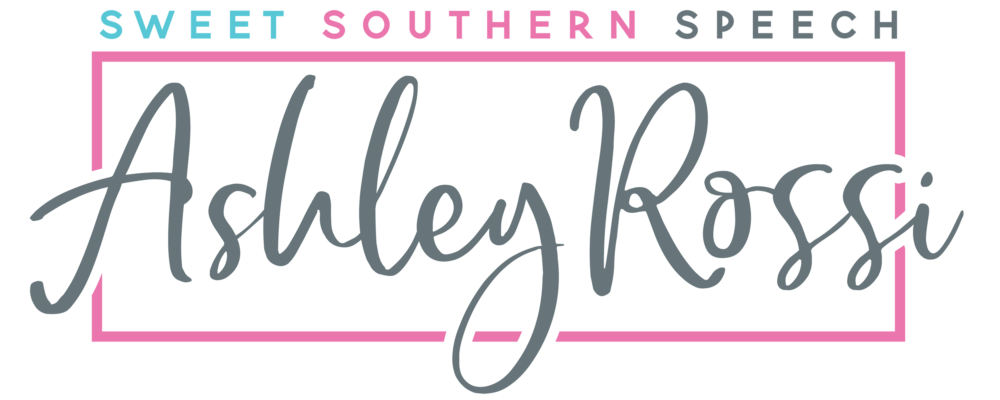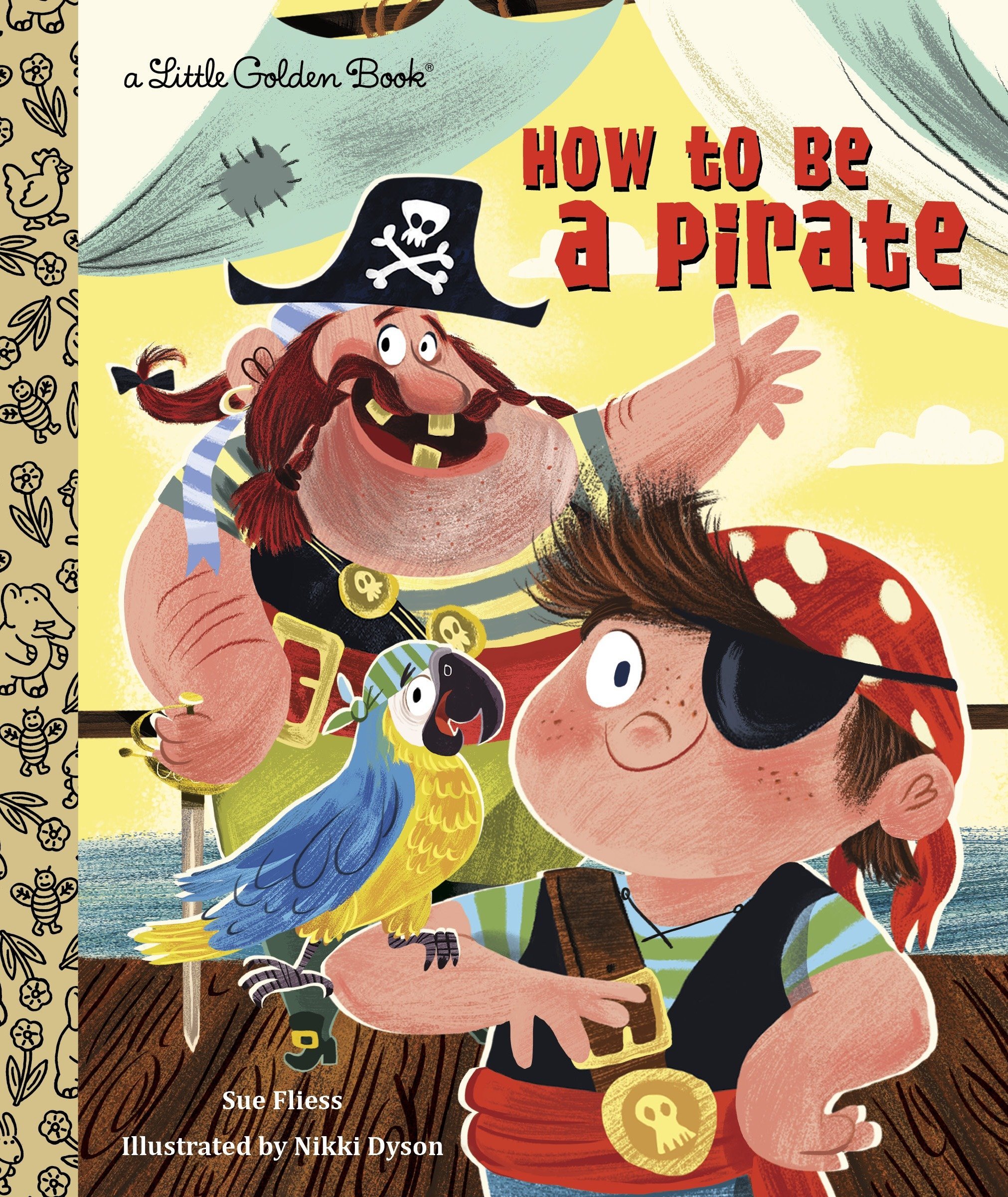Little landlubbers get to earn their sea legs on a pirate ship amidst the goofiest pirates ever. There’s lingo to learn (Gangway! Blimey! Yo-ho-ho!), a pirate look to choose (Pick a parrot for your arm. Every pirate’s lucky charm!), and most importantly, pirate rules to learn (No more toothpaste! Farewell, bath! Once ye choose the pirate path!). This rollicking read-aloud will be a hit among boys, girls, and parents alike!
This cute pirate-themed book can be used in speech therapy to address rhyming. It is also great for character analysis as the book describes how to be a pirate. Discover more of the speech and language teaching concepts for using How to be a Pirate in speech therapy below:



